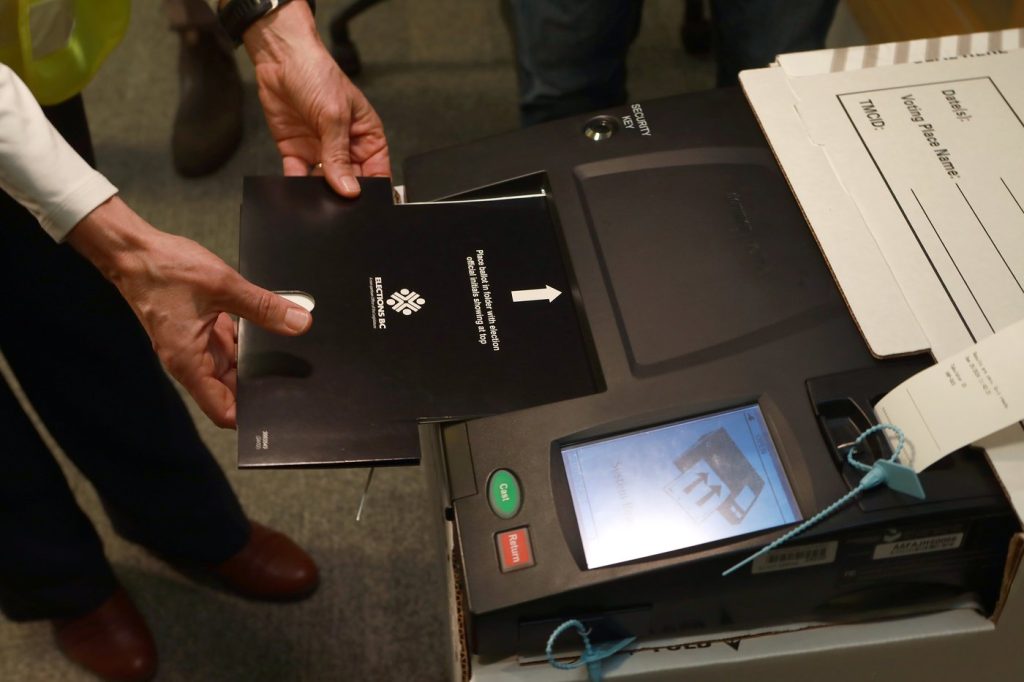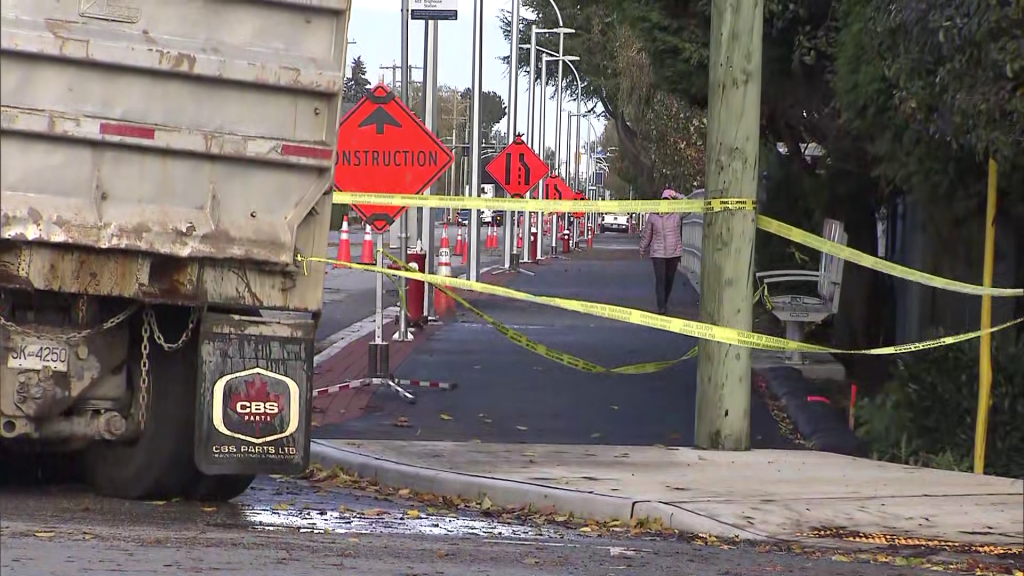Rapid spread of Omicron showing “tale of two pandemics: rich and poor”
Posted January 8, 2022 2:20 pm.
Last Updated January 8, 2022 10:01 pm.
As parts of Canada see staggering rises in COVID-19 activity amid Omicron’s rapid spread, experts say the highly transmissible variant is training a spotlight on social inequities across the country.
Dr. Amit Arya, a palliative care physician in Mississauga, Ont., said Omicron’s rise continues to show “a tale of two pandemics – rich and poor,” with those who can afford to better protect themselves pitted against those who can’t.
He said lower-income populations often don’t have the funds to buy upgraded masks or rapid antigen tests, nor can they easily take time off work to isolate or get their booster doses.
“If you have money, you’re able to afford the protection you need to survive and be safe,” he said.
Essential workers bore the brunt of COVID-19 infections during Canada’s Delta-driven wave last spring, and Arya said low-wage employees are likely to experience some of that again.
As provinces scale back eligibility for PCR testing, he pointed out that private testing companies in Ontario, which can offer same-day results for those willing to pay $160 or more for the service, further show an income divide in how people can deal with COVID-19.
Risk profiles have also differed across economic lines throughout the pandemic, Arya said, but the more transmissible Omicron virus variant may exacerbate them.
Related Articles:
-
Pressure mounting for grocers to bring back ‘hero pay’ amid Omicron surge
-
Nose or throat swab: what is the best way to administer a COVID-19 rapid test at home?
“(Essential workers) by definition have to leave the house to work,” he said. “They might be taking public transit to work, they might be working around 400 people in a distribution centre … many frontline workers are racialized, they’re immigrants to Canada, they’re more likely to live in multi-generational households with elders and vulnerable children who aren’t vaccinated.”
Cynthia Carr, an epidemiologist in Winnipeg, said while that all holds true, the heightened spread of Omicron makes it harder for everyone, regardless of economic status, to avoid exposure.
The difference with lower-income groups, however, is what happens once they’re infected.
“I do think it’s shifting in terms of perhaps everyone bearing the brunt, but with sick days and isolation, that’s where the change is,” she said. “If I’m infected, I’m fortunate and fully vaccinated. I may be mildly ill, if at all, and I can continue to work because I’m at home.”
Carr said efforts to take sick days can be further affected if low-income workers can’t get a test to prove to their employer that they have COVID-19. Arya added that may have downstream effects with insurance companies if people develop long COVID symptoms and need to collect longer-term disability benefits, but don’t have a test showing they ever had the virus.
Health experts have said vaccine boosters are the best way to protect against severe disease and death with Omicron, noting that those who have had three doses are less likely to require hospitalization.
Data from Health Canada shows roughly 16.5 per cent of Canadians had an additional vaccine dose as of Jan. 1, though several provinces have significantly ramped up their immunization drives with a focus on boosters in recent weeks.
LIVE: Federal ministers and health officials provide COVID-19 update https://t.co/fwLRhUeuSN
— Health Canada and PHAC (@GovCanHealth) January 7, 2022
Dr. Andrew Boozary, who leads the Social Medicine Program at Toronto’s University Health Network, said that while many essential workers have had two doses, third-dose uptake has been slower.
“We’ve seen real disparity in access to third doses,” he said.
Ontario reported 2,594 patients in hospital with COVID-19 on Saturday, including 385 in intensive care, while Quebec reported 44 deaths attributed to the virus, its highest daily death toll in nearly a year.
While Omicron is thought to cause less severe disease in most people, especially those who are vaccinated, experts say characterizing the variant as “mild” can be problematic.
“You hear people say: ‘Why are you worried about Omicron? If you’re healthy and young, it’s no problem, it’s just a cold.’ And … that’s completely dismissing the reality of millions of people in this country,” Boozary said.
“It’s that complete ableist language and tone and policy that’s putting millions of people at risk.”
Arya said it’s “completely inaccurate” to call Omicron mild, saying people need to let go of the perception that the variant has transformed COVID-19 into the common cold or flu because not enough is known about the virus’s long-term consequences.
Arya said dismissing Omicron as mild has been “very harmful,” as is the notion from some that infection is inevitable because of the higher transmissibility of the variant.
“It centers our policy responses around young and healthy people who are well off and can afford protections,” he said. “That’s a big problem.”








